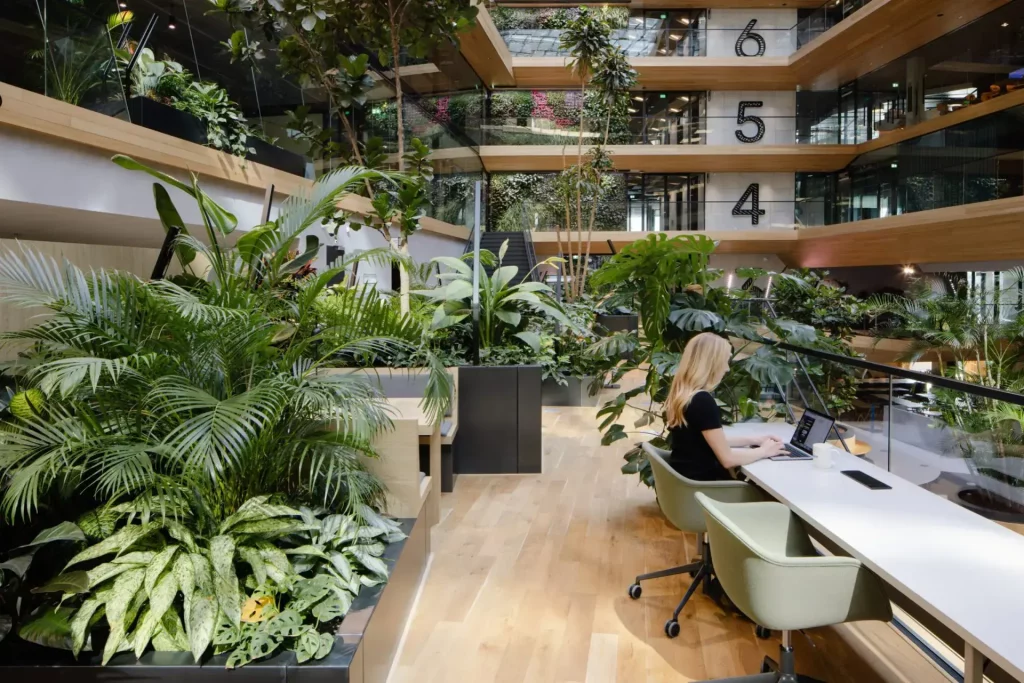
I spent a month riding trains across France. I kept notes on my phone, and a tiny stack of paper tickets that got coffee stains. If you'd like the blow-by-blow version—including the routes, mishaps, and extra photos—you can peek at my longer travel diary I Traveled Across France: My Favorite Cities (With Real Moments). I used the SNCF Connect app. I dragged a carry-on and a little backpack. It was a whole thing.
What makes a city “best” for me? Three basics:
- Can I walk a lot and feel safe?
- Can I eat well without a big bill?
- Do I get that “I could stay longer” feeling?
You know what? France has many cities that hit those marks. Here’s where I went, what I loved, and where my socks got wet. Yes, literally.
How I Got Around (Quick and Handy)
- Trains: TGV for long jumps, TER for short hops. Easy and on time.
- Apps I used: SNCF Connect, Citymapper (Paris), and Google Maps offline.
- Bikes and scooters: Vélib’ in Paris; Lime in a few spots. I kept a helmet strap on my bag. It looked dorky. I lived.
If you want an easy primer on every French region before lacing up your walking shoes, spend a minute on Just France; one scroll there can save you three in the station.
Okay, onto the cities.
Paris — Big, Loud, Worth It
I stayed near Canal Saint-Martin. I ate a warm galette saucisse from a street cart and spilled mustard on my scarf. Paris will do that to you.
- Best bite: Falafel at L’As du Fallafel in the Marais. The line moved fast. The pita dripped. I smiled like a fool.
- Chill spot: I watched the tiny booksellers by the Seine close up at dusk. The green boxes made a soft clap.
- Surprise: The little park at Square du Vert-Galant felt like a secret boat.
Heads up: Crowds at the Louvre. I went right at opening, went straight to the Mona Lisa, then backtracked. It worked like a charm.
Lyon — Food City, Plain and Simple
Two nights turned into four. That says a lot.
- Meal I still think about: A bouchon called Le Bouchon des Filles. Simple plates, bold flavors, warm room. I tried quenelles and felt cozy, like someone put a blanket on my shoulders.
- Wandering: I walked the traboules in Vieux Lyon. Those hidden passages feel like stage doors.
- Snack run: Les Halles de Lyon Paul Bocuse. I sampled cheese, then more cheese. No regrets.
Tip: Bring stretchy pants. Kidding. Kind of.
Nice — Blue Water, Slow Days
I saw the sea the second I stepped off the tram. My shoulders dropped.
- Morning routine: Coffee on the Promenade des Anglais, blue chairs facing the water, old men in tidy hats.
- Street food: Socca at Chez Pipo. Hot, salty, crisp edges. I burned my tongue. Totally worth it.
- Small joy: Cours Saleya market. Peaches that smelled like summer was louder than the scooters.
Curious to dive deeper? Chez Pipo’s official site offers opening hours and history at Chez Pipo, and the succinct Falstaff street-food review explains why locals swear by those blistered chickpea rounds.
Note: The beach is pebbly. Water shoes help. I learned the hard way.
Marseille — Wild Edge, Big Heart
People warned me. I went anyway. I’m glad I did.
- Best day: Hike to Calanque de Sugiton. Turquoise water, white rock, bright sun. I packed a baguette and a peach. Felt like a postcard.
- Dinner: Bouillabaisse at Chez Fonfon. Pricey, yes. Deep flavor, yes. I sat by the port and watched boats.
- Vibe check: Noailles market—spices, loud calls, kids weaving through with baskets. Pure life.
It’s rough in spots. Keep your bag close. Keep your eyes open. It’s real and it’s beautiful.
Bordeaux — Wine, Sure… But Also Light
I walked the river at sunset and saw the Miroir d’eau reflect pink clouds. It felt staged, but it’s real.
- Must-see: La Cité du Vin. Fun even if you’re not a wine nerd. I liked the smell stations.
- Day trip: TER to Saint-Émilion. Old stones, neat vines, a quiet square that smells like toast and red fruit.
- Snack: Canelés. Chewy outside, soft inside. I ate two. Fine, three.
The tram system is simple. I tapped my card and felt like a local for five minutes.
Strasbourg — Cozy Lanes and Holiday Glow
I came in December. The air had a clove smell. My scarf kept slipping off my shoulder. I still remember the lights.
- Walk: Petite France, timbered houses, slow bridges, water that looks like a mirror if the wind rests.
- Bite: Tarte flambée at a corner spot with fogged windows. Thin, crisp, warm from the oven.
- Extra: The Christmas markets spread over many squares. I held a hot cup and felt my fingers again.
Spring’s lovely too, but winter here feels like a snow globe.
Toulouse — Pink Stone, Warm People
They call it “La Ville Rose.” When the sun hits the brick, it glows.
- Square life: Place du Capitole at golden hour. Street music, families, roller skates that squeak.
- Nerd stop: Aeroscopia Museum. Planes, big and small. I walked under a Concorde and grinned.
- Hearty plate: Cassoulet at Le Bon Vivre. Beans, duck, a nap later. You get it.
I biked along Canal du Midi. Flat, shady, peaceful. My water bottle saved the day.
Annecy — Clear Lake, Mountain Air
My legs were jelly by day two. Those stairs get you.
- Morning: The old town canals look fake. They’re not. Flowers spill over the railings like they forgot the rules.
- Swim: Plage des Marquisats. Clean water, mountain view, soft hush. I floated and counted clouds.
- Short hike: Up at Semnoz. Cool air, cows with bells, a horizon that keeps going.
Go in June or early September. Summer crowds hit hard.
Biarritz — Surf, Salt, and a Good Nap
I took a beginner surf lesson at Côte des Basques with Jo Moraiz Surf School. I stood up twice. I yelled. People clapped. We laughed like kids.
- Sunset: Rocher de la Vierge lookout. Wind in my hair, salt on my lips, gulls doing loop-the-loops.
- Snack: Gateau Basque from a tiny bakery. Almond cream, tender crust. I bought a second one “for later.” Later was 12 minutes.
Note: Tides matter here. The beach can shrink fast, so check the board by the stairs.
Saint-Malo — Tides and Thick Walls
The sea pulls way out, then rushes back like it forgot its keys.
- Walk: On the ramparts at blue hour. Lanterns flicker. Kids race. You hear waves through the stones.
- Treat: Kouign-amann from Breizh Café. Butter meets sugar meets happiness.
- Day hop: Bus to Mont-Saint-Michel. Crowded, yes, but that abbey perched over the flats feels like a magic trick.
Bring a windbreaker. Even in July. Trust me.
Quick Picks (If You’re Short on Time)
- First visit: Paris + Lyon + Nice
- Food trip: Lyon, Bordeaux, Toulouse
- Beach mood: Nice, Biarritz, Marseille (for the calanques)
- Winter lights: Strasbourg
- Fairytale vibe: Annecy + Saint-Malo
Tiny Things That Helped
- Shoes: Real walking shoes. Paris cobbles eat weak sneakers.
- Cards: Contactless worked almost everywhere. I carried a little cash for markets.
- Timing: Eat lunch menus. Cheaper, hearty, and calm.
- Language: Bonjour first. Always. A smile changes the whole tone.
One last, slightly spicy tip: if part of your adventure includes meeting locals beyond cafés and museums, there's an eye-opening resource that spells out how travelers set up no-strings-attached dates in French cities. Check out this step-by-step guide on how to get free sex tonight by using a clever hookup app — it highlights which platforms have the most active users across France, shows how to tweak your profile for fast matches, and outlines smart safety moves so you can keep things fun and drama-free.
For LGBTQ+ visitors who’d rather arrange an upscale, trans-friendly companion in advance—especially in Paris where discretion is gold—you can review the verified profile of Trans Escort Sandy, which spells out her services, boundaries, and booking process so you know exactly what to expect and can plan a comfortable, worry-free evening.
So, Which City Was “Best”?
It depends. I know, that sounds like a

